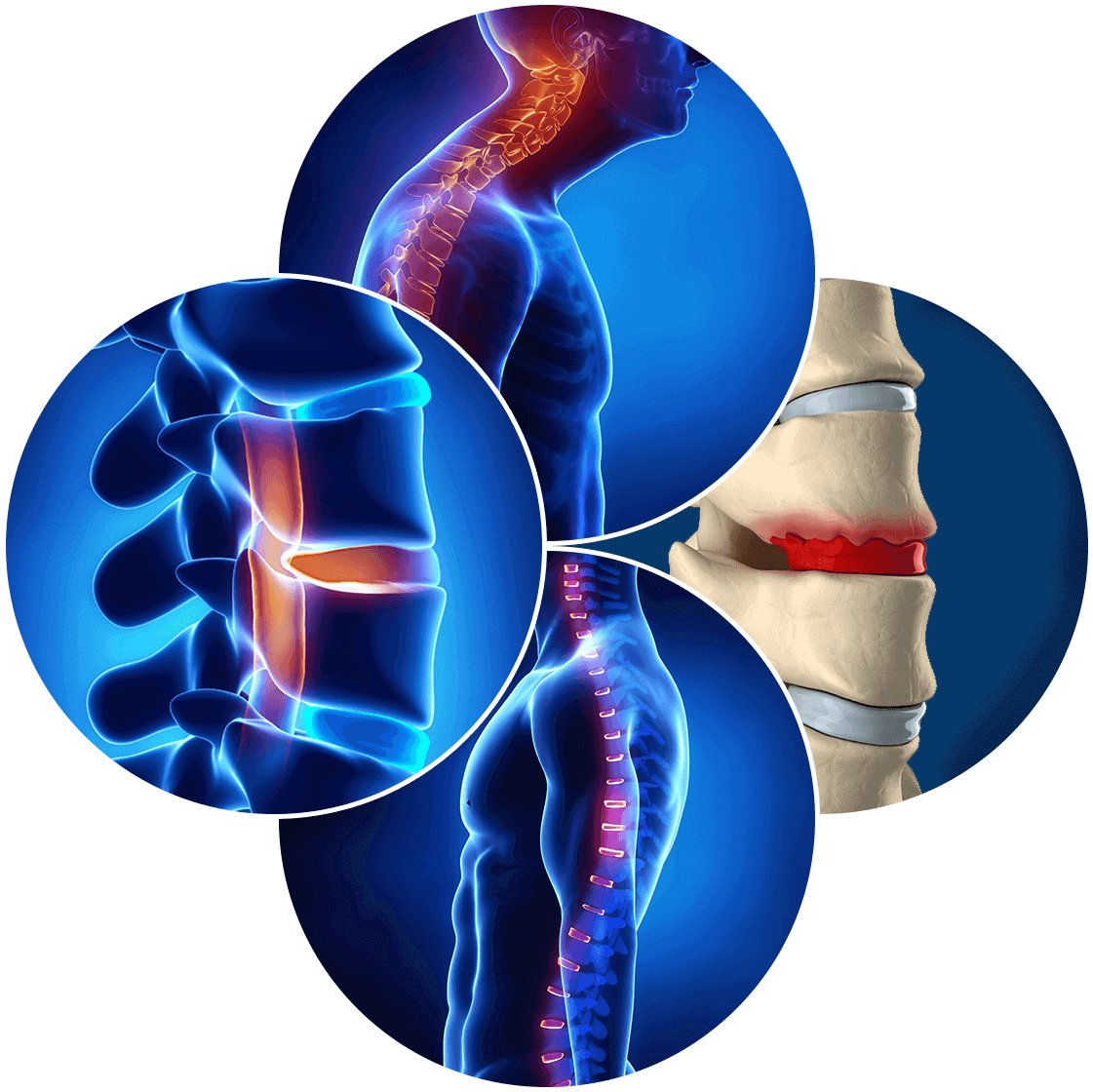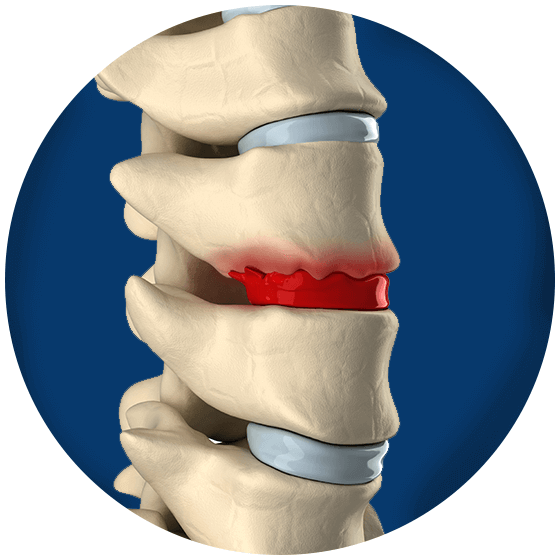Facetectomy

What is a Facetectomy?
A facetectomy is a surgical procedure that allows your doctor to remove bone spurs that have grown into the facet joints. In many cases, these growths, known as osteophytes, impact nerves in the spinal column, causing pain and a decreased range of motion. Sometimes, surgeons also perform a facetectomy to secure access to an injured or diseased intervertebral disc.
Advantages of a Facetectomy
By using the latest minimally invasive techniques during a facetectomy, this surgery offers many advantages to patients. Those undergoing a facetectomy can expect to experience the following benefits:
Less blood loss and scarring compared to open surgeries
Most patients return home the same day after a minimally invasive procedure
Increased stability of the spine
Motion preservation and better spinal range of motion
Pressure is taken off the nerves leading to significant or complete symptom reduction
A faster recovery due to reduced damage to muscles, nerves, and connective tissue
Limited or no use of potentially habit-forming narcotic drugs
Can be combined with other spine surgeries, like a discectomy, to decompress a nerve
The ability to resume the activities you love without pain
Your Facet Joints
The facet joints are a crucial component of your spine, allowing for flexibility and movement. These joints, found in pairs at the back and side of each vertebra, assist with activities such as bending, lifting, and twisting. They also contain an added layer of cartilage, which allows your vertebrae to move without grinding together. In addition, a thick substance, known as synovial fluid, lubricates the facet joints to prevent wear and tear. This is a good thing, as these joints are in almost constant motion as you perform daily activities. All of this movement takes its toll on your spine, making it more prone to injury or diseases, such as facet joint arthritis.
Facet joint syndrome, or facet disease, occurs when there is inflammation or damage to the joints. Sometimes the damage irritates or pinches a nearby nerve causing significant pain. This condition is common in the neck or lower back. Some people suffer from facet disease because of a trauma like falling, car accidents, or a sports injury. Being overweight or inactive can also contribute to issues with facet joints.
What Happens During a Medial Facetectomy?
During a minimally invasive facetectomy, you are usually put under general anesthesia. The orthopedic surgeon prepares a small area on the back and makes a small incision near the affected area. In many cases, these incisions are only one to two inches. After moving the muscles aside, the surgeon can achieve a better look at the spine.
Using fluoroscopy, a type of real-time X-ray, the surgeon sometimes removes part of the lamina, known as a laminotomy. This gives better access to the facet joints. Depending on the compressed area and symptoms, the surgeon removes bone spurs or the entire joint. If the surgeon notices other conditions, like a herniated disc, he or she may also remove it. This procedure is known as a discectomy. Some open areas are replaced with a bone graft or surgical hardware. This combination of procedures helps to ensure that the nerve roots are no longer compressed.
Depending on the surgery, you may get to go home the same day or stay in a hospital for a night or two. Your doctor will require you to rest and avoid heavy lifting or strenuous activities for up to six weeks. Your doctor may also suggest braces or physical therapy to help strengthen and regain muscle function in the area.
Eligibility Requirements for a Facetectomy
It is important to consult with a doctor or orthopedic specialist to receive a proper diagnosis. Facet joint syndrome has symptoms similar to other neck and lower back problems, such as a herniated disc or spinal fracture. To determine if your pain is caused by facet disease, your doctor completes a thorough examination. This includes discussing your medical history, symptoms, recent injuries, and activity level. Then, the doctor conducts a physical examination to rule out other conditions and confirm facet joint issues.
Diagnostic imaging, like X-rays or a CT scan, can also help your doctor take a better look at the area and detect any abnormalities in the facet joints.
In many cases, those with facet disease try conservative treatments before opting for a facetectomy. The main goal of conservative treatments is pain management and restoration of function to the area. Doctors tend to suggest changes in activity and posture habits, anti-inflammatory medications, and physical therapy.
If conservative treatments do not relieve the following symptoms, then an orthopedic surgeon may evaluate you for a facetectomy:
- Episodes of lower back or neck pain that flare up often and unexpectedly
- Tenderness near the affected area
- Radiating pain, known as radiculitis, that starts at the affected area and travels to the extremities. For example, facet joint hypertrophy in the neck may cause pain or numbness in the shoulders or lower back.
- Muscle weakness or loss of reflexes due to a pinched nerve
- Additional discomfort when leaning backward
- Pain when sitting for long periods of time
- Muscle spasms, especially when facet disease is in the lower back
- Difficulty controlling the bowels or bladder
Who Might Not Be A Good Candidate for a Facetectomy?
The technology of minimally invasive surgery continues to improve. This makes it accessible to more and more people. Some people, however, may not be good candidates for a facetectomy. For example, those with a major spinal defect or multiple levels of spinal stenosis may not benefit from minimally invasive procedures.
Seeking the guidance of a qualified orthopedic surgeon is the only way to find out if a minimally invasive facetectomy is right for you. If conservative treatments don’t help with your neck or back pain, the Advanced Spine Center is ready to diagnose and treat your condition. Our multidisciplinary team gets to know you, your symptoms, and goals for treatment. In many cases, we help you discover the best conservative options before we even consider surgery.
If you do require a facetectomy or other spinal surgery, we make sure to discuss the risks and benefits of each procedure. We want you to make an informed choice based on your goals for treatment. We don’t pressure you for unnecessary surgery. Instead, we empower you with choices that help you improve your quality of life.
If you do choose surgery, you have the comfort of knowing that our doctors have a combined six decades of experience in treating spinal conditions.
Are you ready to get your life back? Call 973-538-0900 today to secure a better and pain-free future!


